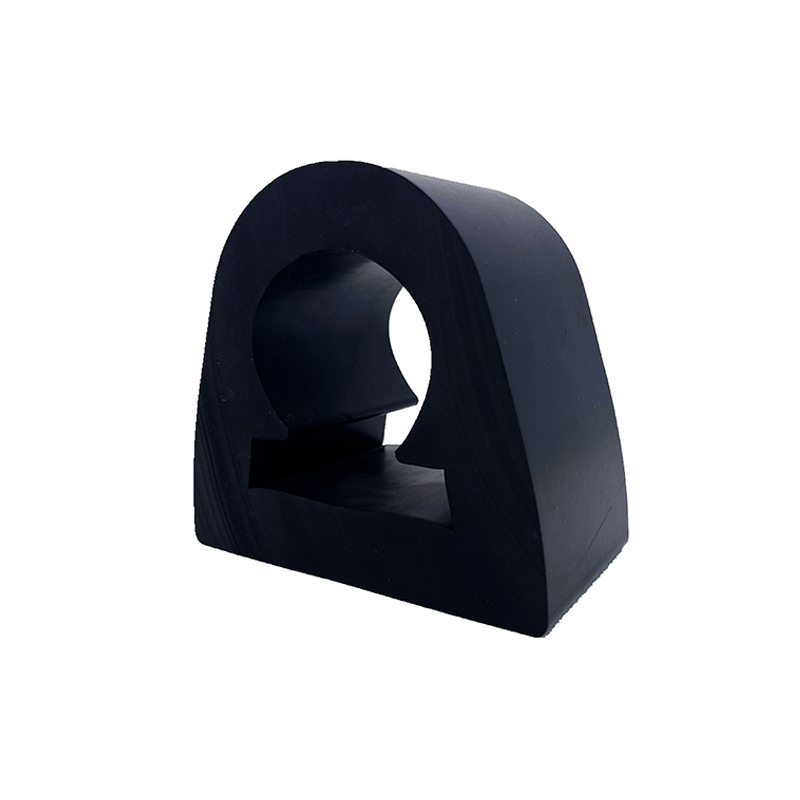11 月 . 09, 2024 21:56 Back to list
Replacement Options for Overhead Garage Door Bottom Seals to Improve Energy Efficiency
Understanding Overhead Garage Door Bottom Seals Importance and Installation
One of the often-overlooked components of an overhead garage door is the bottom seal. While it may seem insignificant compared to the significant mechanics behind the door itself, the bottom seal plays a crucial role in the overall functionality and efficiency of a garage door system. This article delves into the importance of bottom seals, the various types available, and guidance on installation and maintenance.
Importance of Bottom Seals
1. Energy Efficiency A well-functioning bottom seal helps maintain the temperature inside your garage. It prevents cold air from entering during winter and keeps hot air at bay in summer, which can considerably reduce your energy bills. If your garage is attached to your home, the temperature regulation can extend to your living space as well.
2. Pest Control The bottom seal acts as a barrier against unwanted pests, such as rodents and insects. A damaged seal can create an entry point for these critters, which can lead to infestations and other inconveniences.
3. Water Protection A functional bottom seal can keep rainwater and snow from seeping into the garage. This is especially important in regions prone to heavy rainfall or snow, as water intrusion can cause damage to stored items and lead to mold growth.
4. Dust and Debris Prevention Regular use of the garage can lead to dust and debris accumulating inside. A good seal helps in minimizing the amount of dust that enters, making it easier to maintain cleanliness.
5. Enhanced Security While not the primary defense against break-ins, a solid bottom seal can deter potential intruders. A gap at the bottom can provide leverage for opportunistic thieves, so keeping it sealed tight is one more step in securing your belongings.
Types of Bottom Seals
When it comes to selecting a bottom seal for your overhead garage door, there are several types to consider
1. Rubber Seals One of the most common choices, rubber seals offer flexibility and durability. They can withstand harsh weather conditions and provide excellent insulation.
2. Vinyl Seals Vinyl seals are effective for light-duty applications and offer a cost-effective solution for moderate climates. However, they may not perform well in extreme temperatures.
overhead garage door bottom seal

4. Neoprene Seals Neoprene is an excellent choice for those seeking a seal that can adapt to extreme conditions. This material is often used in industrial settings, emphasizing its robust structure.
Installation of Bottom Seals
Installing a bottom seal on your overhead garage door can be a straightforward process. Here are the steps to follow
1. Measure the Door Width Start by measuring the width of your garage door to ensure you purchase the correct length of the seal.
2. Select the Seal Choose a seal compatible with your garage door type. Many hardware and home improvement stores carry a range of options.
3. Remove the Old Seal If there’s an existing seal, carefully pry it off using a flat-head screwdriver, taking care not to damage the door.
4. Prepare the Surface Clean the area where the new seal will be installed, ensuring that no debris or remnants of the old seal remains.
5. Install the New Seal Align the new seal along the bottom of the door. Most seals come with adhesive backing or require screws for secure installation. Follow the manufacturer’s instructions for the specific type you purchased.
6. Test and Adjust After installation, close the garage door and check for any gaps. If necessary, adjust the seal to ensure a tight fit.
Maintenance Tips
Maintaining your bottom seal is crucial for its longevity. Regularly inspect it for signs of wear and tear, especially after severe weather conditions. Clean it periodically to prevent dirt buildup, and replace it at the first sign of damage.
In conclusion, the bottom seal of an overhead garage door is an essential element that contributes to energy efficiency, pest control, water protection, and overall security. By choosing the right type of seal and ensuring proper installation and maintenance, homeowners can enhance the functionality of their garage doors, ultimately adding value and comfort to their living spaces.




